When Did The Unicorn Became Scotland's National Animal
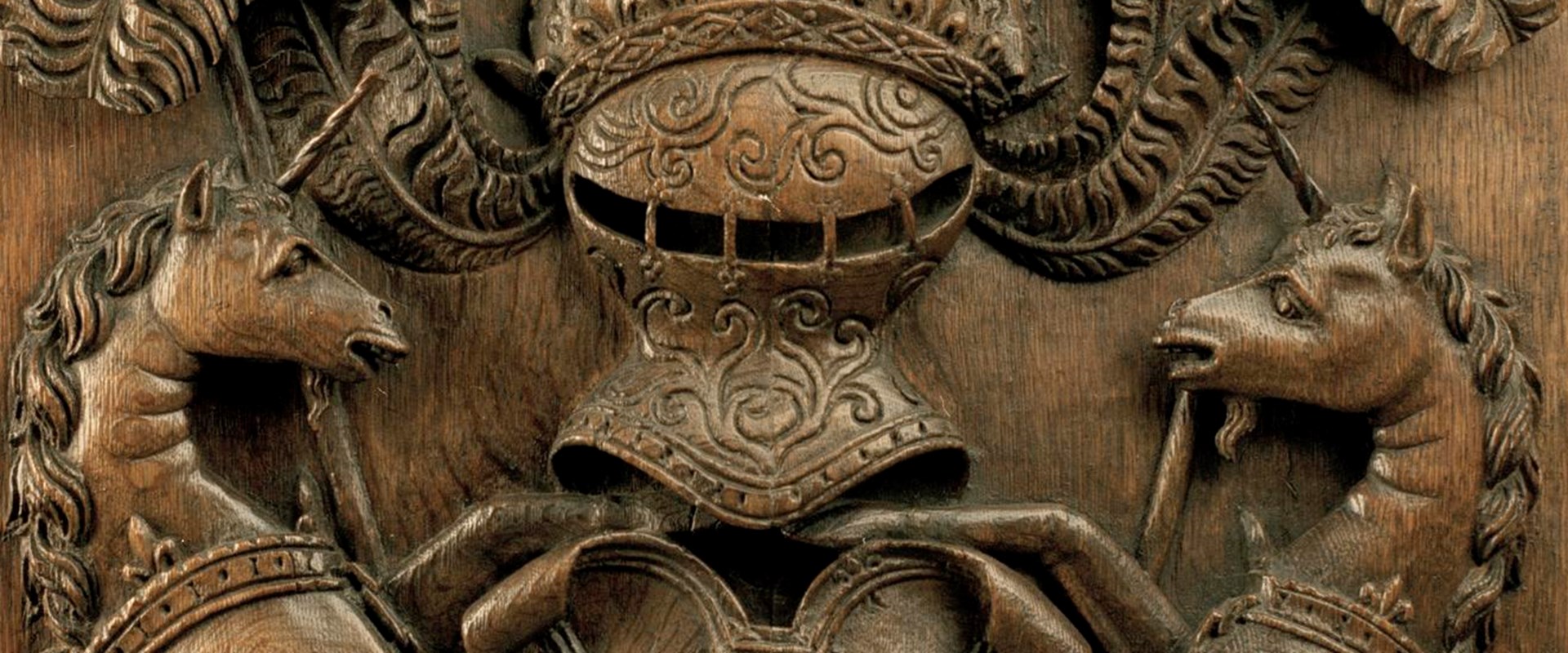
A glance at Scotland's national beast
The unicorn is offset mentioned in a long lost volume about India about 400 BC and eventually is adopted as Scotland's national animal in the 15th century and tin can now be seen everywhere.
Fact file
Unicorns did once roam the globe
Elasmotherium Sibericum, a distant relative of the modernistic rhinoceros, disappeared less than 40,000 years ago.
A strange creature indeed
In 1901, Sir Harry Johnston went to Congo looking for a unicorn and instead found the Okapi.
Prickly French keepsake
In the 15th century, most of the European dignity adopted animal emblems such every bit the unicorn, and for the French king it was the porcupine.
Lots of unicorns in Scotland
You will find lots of unicorns in Scotland on historical buildings, on aureate coins and on the top of some Mercat crosses.
Left or right?
In Scotland, the Unicorn stands on the left of the Royal glaze of arms, whilst in England, this is where the Lion is institute.
From Bharat to the Bible
Although the origins of the unicorns are field of study to debate, the first known mention of a quadruped with cloven hooves and a single horn sprouting from the middle of its forehead could be found in a long-lost book about India, Indika, written in Greek past Ctesias. Ctesias was physician to Artaxerxes 2 Mnemon, King of Kings of Persia from 404 to his death in 358 BC.
Hearsay would become a mutual theme in the legend of the Unicorn. Ctesias never set human foot in India, nor saw a unicorn, but he'd been shown a horn, a hoof and a gall bladder by merchants, on the testimony of which he made his description.
From and then on, the characteristics of the unicorn were stock-still. It had a single horn (although, in Ctesias' description, it is white, red and black) and it was extremely fast, making information technology near-incommunicable to capture, and became known on a global calibration. Conventionalities in the unicorn spread with cultural exchanges between civilisations, frequently with Persia at its centre.

For Europeans, the existence of the unicorn was backed up by mentions in the Bible. Somewhere betwixt the middle of the 3rd and the middle of the 2nd century BC, the Old Testament had been translated in Greek.
Amid the words upon which the translators stumbled was רְאֵם , re'em, a word nosotros at present know designates aurochs, an animal which had disappeared from the Greek-speaking world before the fifth century BC. At loss for a proper name, they chose μονοκέρως (Monoceros), the Greek for Unicorn. And voilà, the unicorn was now a biblical animate being.
A magical beast with magical backdrop
A few centuries later (somewhere between the 2nd and quaternary century Ad), another Greek writer, known only by the name they gave to their book, Physiologus, a compendium on animals and their Christian symbolism, added a new layer to the myth of the unicorn: they related the single horn of the creature to the mystery of the Trinity. Every bit such, only a virgin could capture it (in the twelfth century, Hildegard von Bingen added a precision: it had to be a young virgin, still in her teens, not an erstwhile maid).

A cure for toxicant
Afterward, in the tenth century, Persian medical texts start to relate that both the Chinese and the Egyptian Fatimids were using a textile chosen khūtū to make (by and large) knives, as it is able to detect (and cure) poison. Although descriptions of khūtū vary, it was, mostly, of two sorts, one shorter and curved, the other longer and spiralled one: walrus and narwhal tusks, harvested past the Norse in Greenland and traded to Persia by the Bulgars.

To a higher place: Male narwhal cast at the National Museum of Scotland.
The belief that the unicorn was such a pure fauna and that its horn protects from toxicant spread throughout Europe, Northern Africa and China, through the boost in the Greenlandic trade, thanks to the proficient climatic conditions of the 12th and 13th century.
The Scottish Unicorn
In the 15th century, nigh of the European nobility are adopting fauna emblems, ofttimes wild and uncommon ones (the lion for the kings of England, the porcupine for the kings of France, the eagle in Spain, etc.). In Scotland, James I went for the unicorn. We don't really know why.
Some have said because the unicorn was the mortal enemy of the lion, but this thought doesn't really develop until the 17th century when the King of beasts and the Unicorn had to live together after the union of the crowns. It could have been considering, in medieval novels, Bucephalus, the horse of Alexander the Slap-up, was often depicted as a unicorn. Another medieval legends said only kings could hold a unicorn captive, and the choice of the animate being could have been urged by the retentiveness of James I's captivity. More research needs to be done to observe the reason backside the Scottish unicorn.
View total screen
Whatever the reason for its adoption, the unicorn then starts to become a frequent sight in Scotland. Information technology bore the arms of Scotland on the seals, and James Iii chose it as the emblem adorning the gold coins he, his son James IV and his grandson James V issued. More widely, it could be seen on monuments, like the panels from the Franciscan Nunnery Chapel in the Overgate, Dundee. Today, one can still find them on meridian of Mercat crosses in Edinburgh or Prestonpans, on the façade of Craigmillar castle and in many other places.

Kim Traynor [CC BY-SA 3.0] from Wikimedia Commons
Subsequently the union of the crowns nether James VI, the unicorn started to share its infinite with the Lion, giving their name to many apublic-house, and as well serving as substitutes in art and literature to describe the troubled union between England and Scotland. In fact, in Lewis Carroll'due south fantasy story , Through the Looking Glass , the White Male monarch is quoted as maxim "They're at it again".
Spot the difference
If you observe advisedly, y'all'll detect that, in Scotland, the Unicorn stands on the left of the regal coat of arms, whilst in England, this is where the Lion is plant: each beast is at the place of honor when in his own country.
The quest for the unicorn
For centuries, people have tried to find unicorns, only they remained elusive. All the stories about finding unicorns do have ane thing in common: no matter how far the adventurer goes, they live three days march away.
Except for 2 of them: Marco Polo, traveller extraordinaire, who, afterward seeing rhinos in Republic of india, went to Sumatra, where he actually saw unicorns, of which he gives a very precise description, non hiding his disappointment ("it's a very ugly animate being"). In fact, what he saw were Javan Rhinoceroses, a species that has since so been hunted to near extinction.
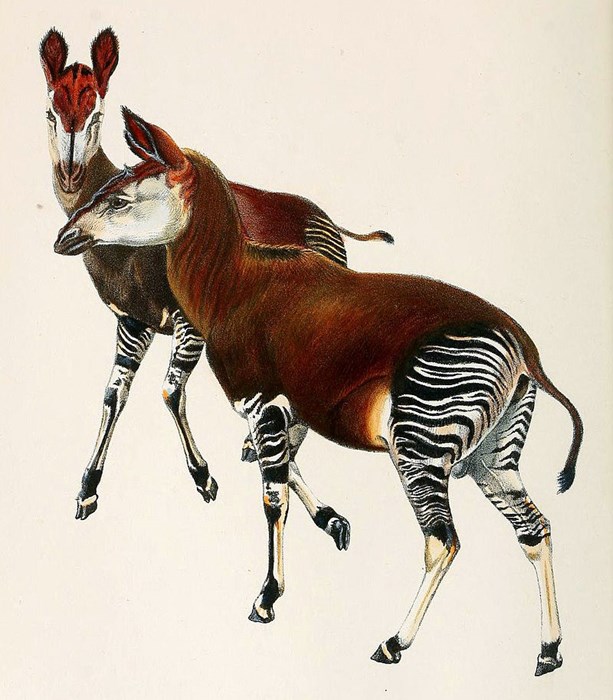
In a higher place: Okapi painting by Sir Harry Johnston (1858-1927), lithograph by P. J. Smit, via Wikimedia Commons.
Centuries after, in 1900, the British governor of Uganda, Sir Harry Johnston, rescued some pygmies from Congo abducted by a German merchant. He took advantage of his trip to bring them back home to affirm the truth of Henry Morton's Stanley accounts of the Atti, an ass assimilated to an African Unicorn. Although what he found was not a unicorn, he "discovered" (from a European point of view, that is), another strange animal, the Okapi.

Scientific evidence
More than surprisingly is the fact that unicorns did actually roam the earth not that long ago. A contempo study led by Professor Adrian Lister, Merit Researcher at the Natural History Museum, has shown that Elasmotherium Sibericum was a distant relative of the modern rhinoceros. Information technology had a horn which sprouted from the middle of its brow and had survived far longer than initially thought, disappearing only 40,000 years ago.
Further reading
- Dectot, Xavier. When ivory came from the seas. On some traits of the trade of raw and carved sea-mammal ivories in the Middle Ages. Vol. 53, no. 14, 2018, pp. 159–74.
- Kosintsev, P., et al. 'Evolution and Extinction of the Giant Rhino Elasmotherium Sibiricum Sheds Light on Late Quaternary Megafaunal Extinctions'. Nature Ecology and Evolution, 2018.
- Laufer, Berthord. 'Standard arabic and Chinese Merchandise in Walrus Ivory'. T'oung Pao, vol. xiv, no. 3, 1913, pp. 315–370.
- Lavers, Chris. Natural History of Unicorns. Granta Books and Harper Collins, 2009.
- Shepard, Odell. The Lore of the Unicorn. Houghton Mifflin company, 1930.
Source: https://www.nms.ac.uk/explore-our-collections/stories/art-and-design/unicorn/
Posted by: johnsonfrowleall.blogspot.com

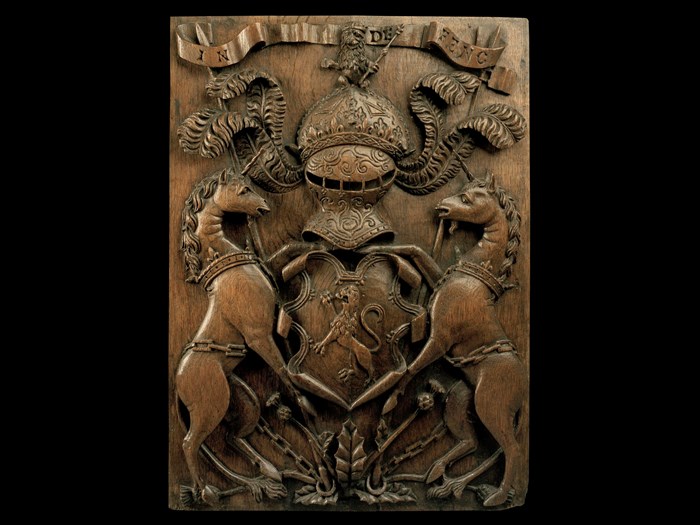
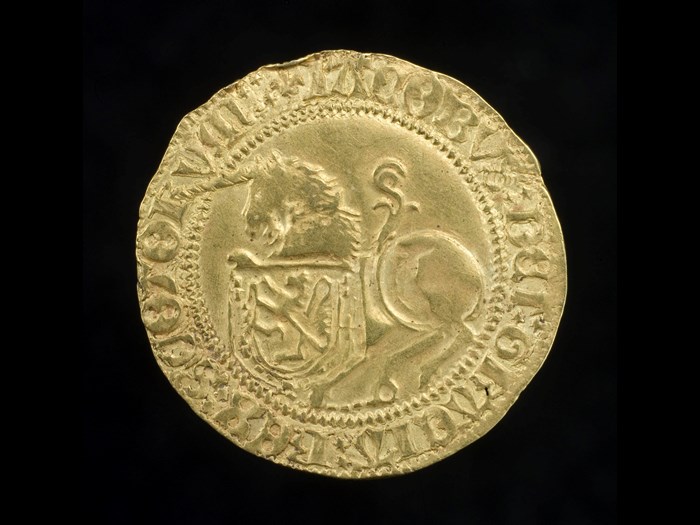
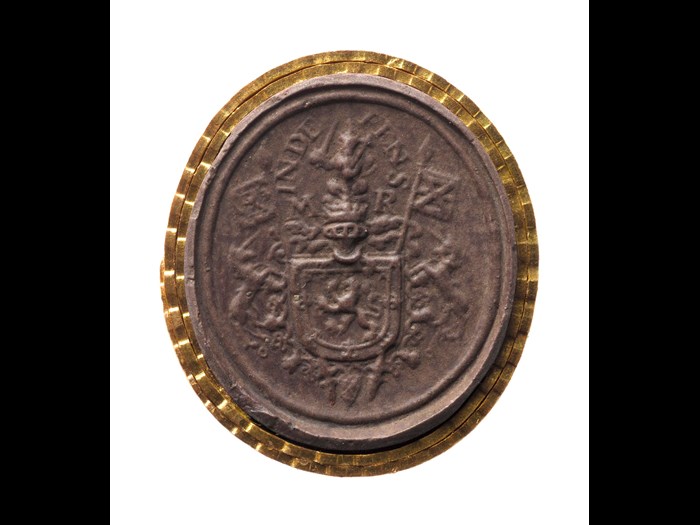
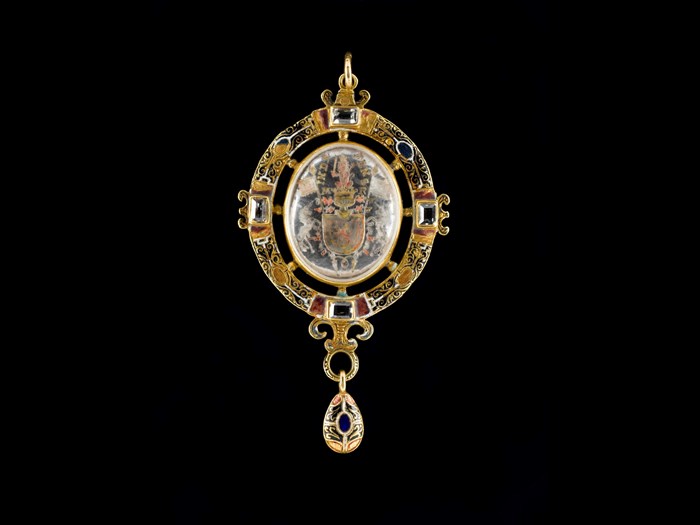

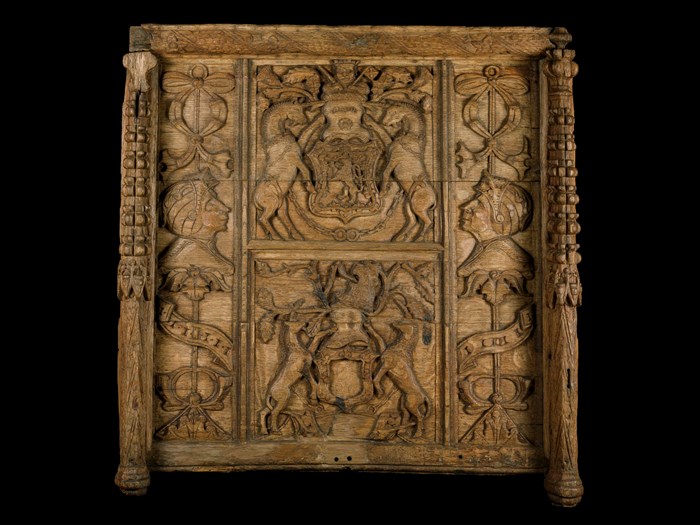
0 Response to "When Did The Unicorn Became Scotland's National Animal"
Post a Comment